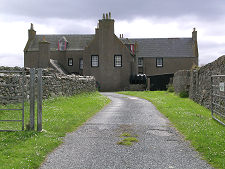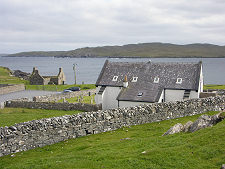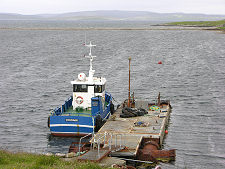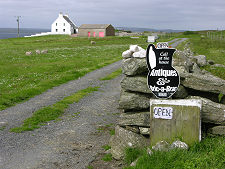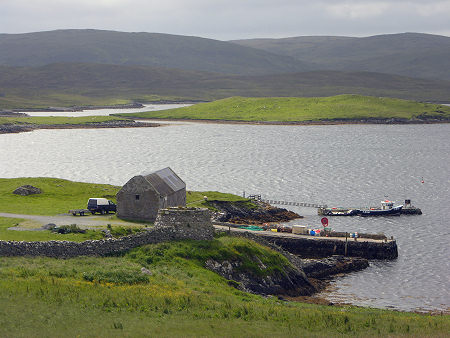 West Lunna Voe |
Lunna Ness is an eight mile long, narrow finger of land that projects, almost accusingly, from Shetland's Mainland towards Yell and Fetlar. In a modern Shetland with its superb road network, Lunna Ness is about as remote a place as you will find in Shetland without catching a boat.
And geography very nearly dictated that you had to. A little over a third of the way along Lunna Ness you come to Lunna, where the bites taken by East Lunna Voe and, especially, West Lunna Voe almost meet, very nearly turning the rest of the peninsula into an island.
The tiny settlement of Lunna lies where Lunna Ness is pinched by the two voes. Standing on a hillside here, with magnificent views in all directions is Lunna House. The most easterly wing of this was were built as early as 1660, and it was for many years the residence of the Hunter family. The house was significantly extended by the Bruce family in the early 1900s and today serves as a rather special B&B.
Lunna House is today approached from the north. It is still possible to see traces of its old driveway leading straight up the hillside in front of it from the ornate gates beyond the modern road at the foot of the hill.
Close by is Lunna Kirk, built by the Hunter family in 1753, probably on the site of a much older church. The building between the kirk and East Lunna Voe, which appears almost church-like at first sight, is actually a disused fishing booth, standing over a largely artificial beach laid to allow the catch to be dried. Also nearby is West Lunna Voe, which remains home to an active small pier, plust the remains of a lime burning kiln and a much older jetty.
In the early years of WWII Lunna House became the HQ of the Norwegian Resistance and boats regularly crossed from West Lunna Voe to the Norwegian fjords. This was the start of the famous Shetland Bus. As the scale of the operation increased it needed a base more easily accessible from the rest of Shetland and so moved to Scalloway, while Lunna Ness hosted one-man submarines and other unconventional means of waging war. After 1945 the area returned to the sounds of the crashing waves and the sea birds.
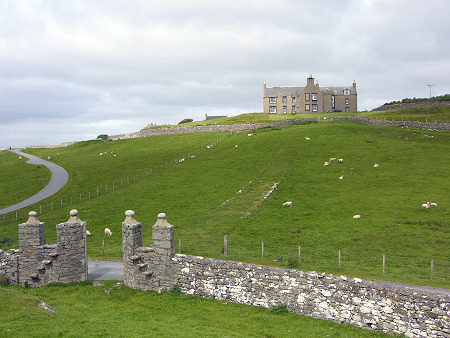 Lunna House, Gateway and Old Drive |
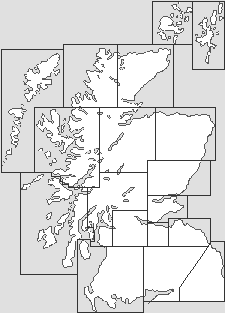
|
|
|
Visitor InformationView Location on MapWhat3Words Location: ///slice.clerk.harder |
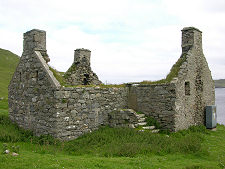 Ruin of Fishing Booth |
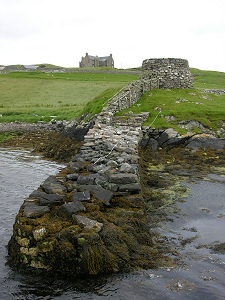 Old Jetty and Lime Burning Kiln |
